Today's Fresh Catch is the HAT Turntable Power Supply from Jaap Pees of Hanze HiFi in the Netherlands.

Front view.
The HAT Turntable Power Supply is a substantial piece of electronics measuring 8¾ inches wide, by 5 inches high, and 12 inches deep, and weighs in at approximately 11 pounds / 5 kilograms on my utility scale. It roughly the same size as one of my vintage McIntosh MC30 monaural amplifiers!
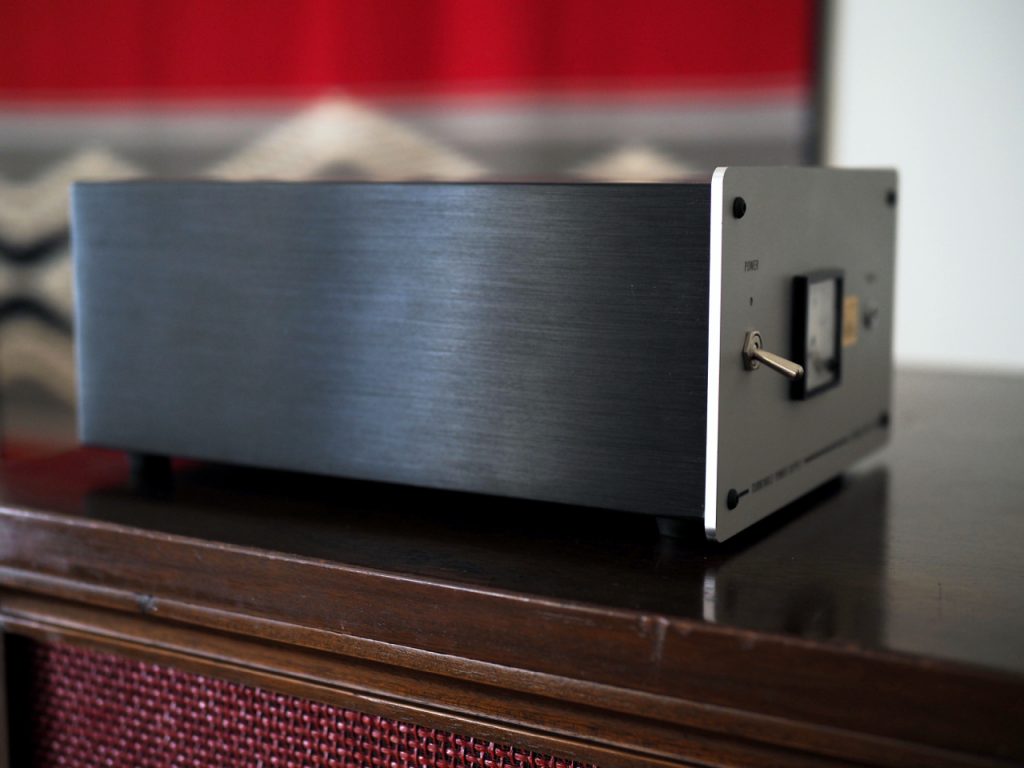
Side view.
The casework is sturdy aluminum plate, with the front panel approximately 4mm in thickness, the side panels slightly less than 4mm in thickness, and back, top, and bottom panels approximately 3mm in thickness, all held together by machine screws.
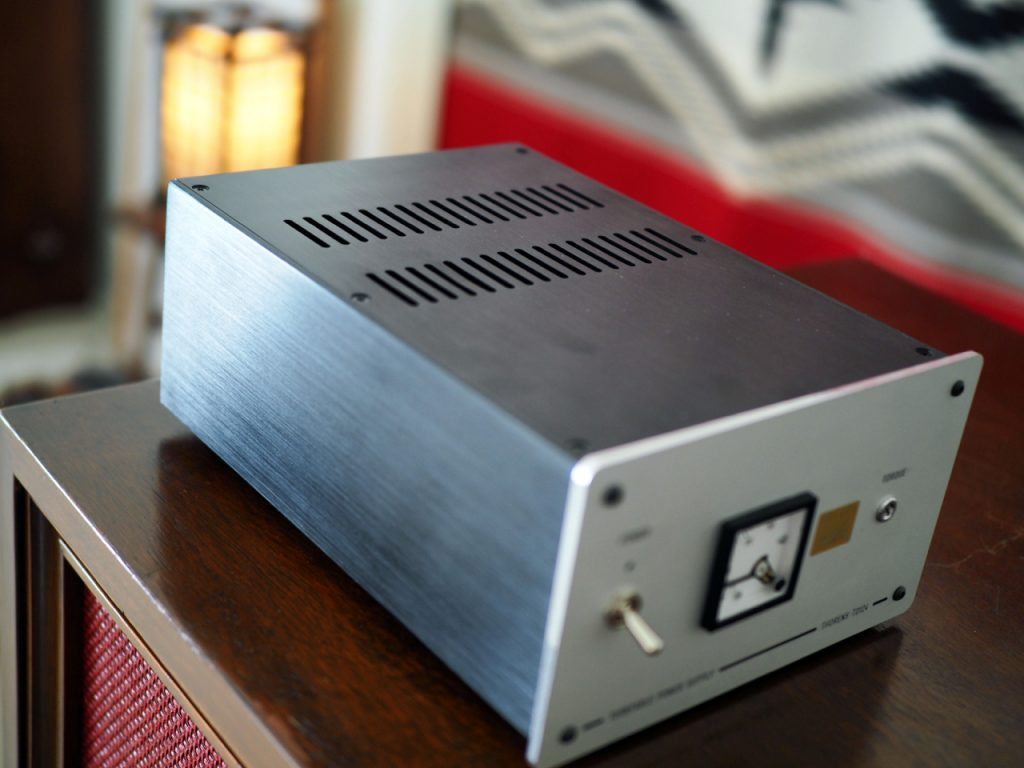
Top view.
It's built to a level of ruggedness and quality that many amplifiers would be jealous of - nicely done Jaap!
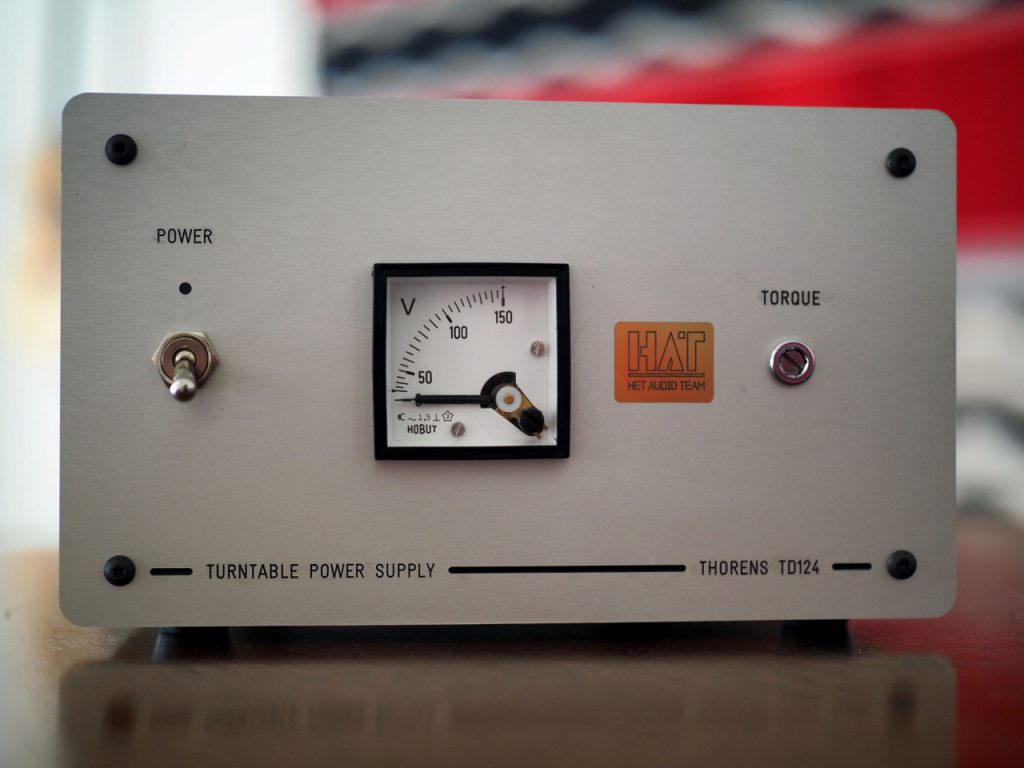
Front view closeup.
From left to right on the front panel (above) you see the power switch, voltage meter, and torque adjustment potentiometer.
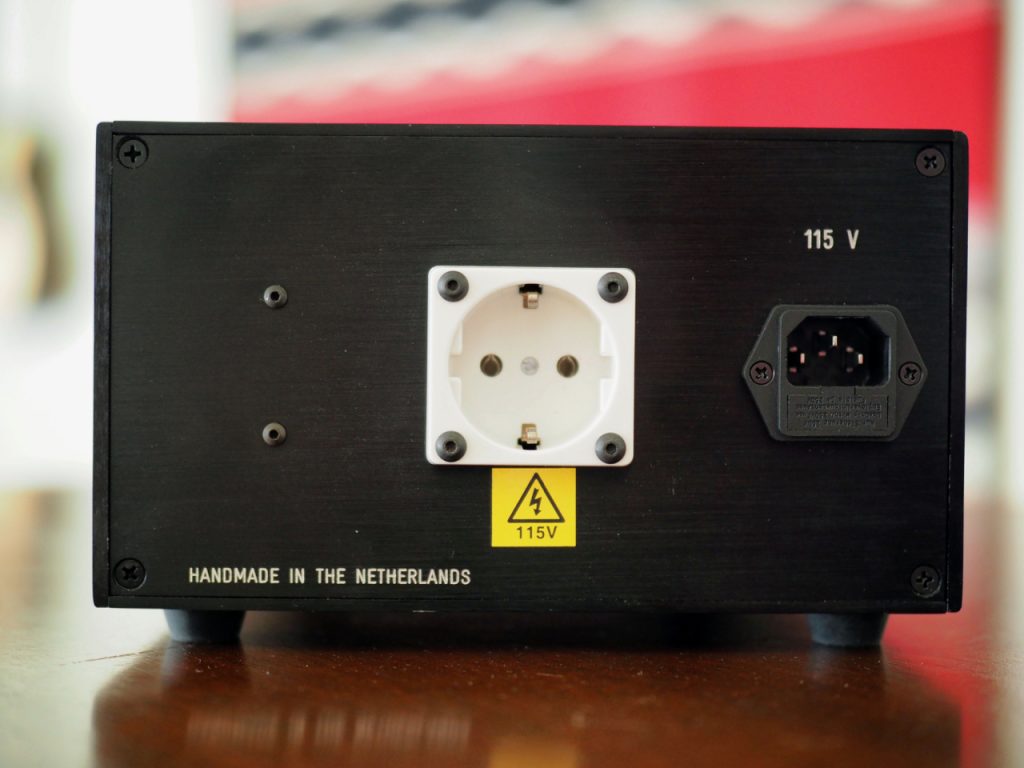
Rear view closeup.
On the back panel you can see the center plug that is a European-style Type F socket that the turntable plugs into, and on the right side is a standard North American IEC male AC inlet plug for the wall AC.
In the particular unit sent for review, the central plug is a European-style Type F socket, as this is the first HAT Turntable Power Supply that was adapted for the 60 Hz /115 Volt North American power grid from the European version that Hanze HiFi offers, but all future models shipped to North America will feature standard North American IEC male AC inlet plugs.
For the review I'll be using a plug-in adapter so I can use my turntable AC cable with a North American termination with the European-style Type F socket.

Like me, most of you have already heard of Jaap Pees of Hanze HiFi (above) for his work with classic turntables like the Thorens TD124 and Garrard 301.
Jaap has been working as a hi-fi audio technician for over 45 years now, with the last 20 years at Hanze HiFi in the historic city of Zwolle in the Netherlands.
For the last 10 years Jaap has mainly focused his research on record players. Jaap tells me his interest in record players was aroused when he went to overhaul a Thorens TD124 and discovered that its special drive train is not easy to restore due to its belt and intermediate wheel transmission, saying that many owners have difficulty with this, in contrast to, for example, the Garrard or Lenco record players.
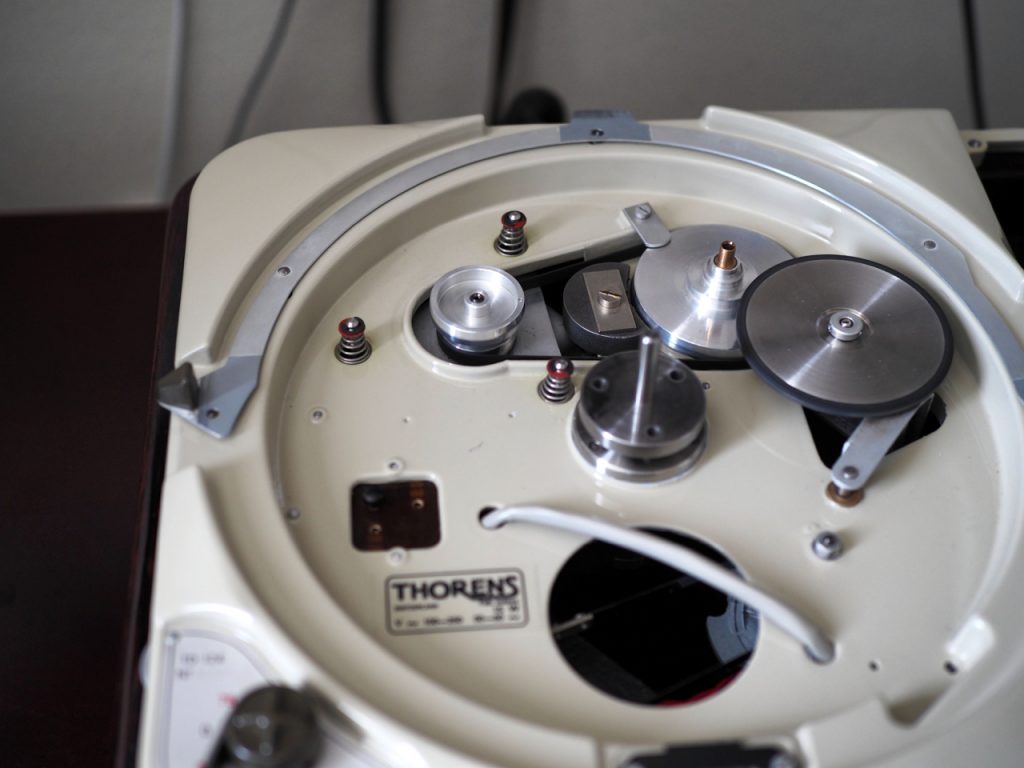
Thorens TD124 drive train with the Hanze HiFi spring isolation kit for the motor installed.
Jaap says, "Since all vibrations in record players start at the motor, I started looking for books explaining how the fractional motors work, as these are the kind of motors that were used in turntables. During this investigation it became clear to me that the motor in the turntable is primarily responsible for the speed and the vibrations."
"To be able to measure this, I went looking for a reference in the vibration measurement area and ended up with HP FFT signal analyzer and Bruel & Kjaer measuring equipment. Since industry has already made many measurements of standard electric motors, I also applied these techniques to the fractional motors in turntables."
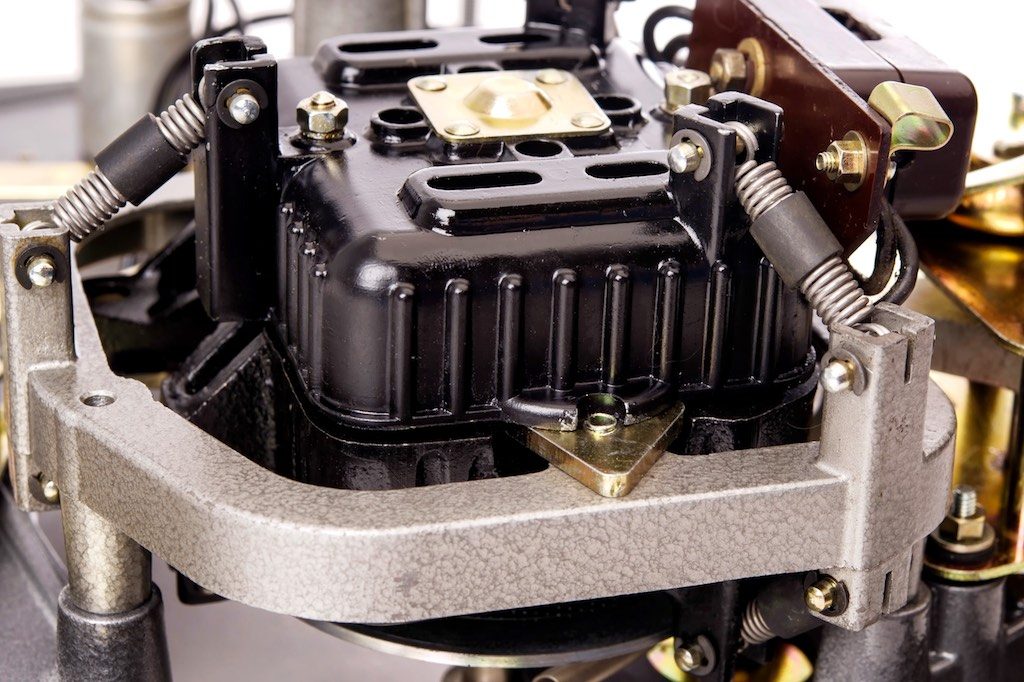
"The vintage players mainly use three types of motors: the shaded pole motor, the hysteresis synchronous, and the capacitor inductive motors. It is probably too much to explain the operation of each of these motors here, but in the Thorens TD124, the Garrard 301/401 (above), and the Lenco L75, the shaded pole motors are used."
"What is important to know is that the speed is determined by the voltage, frequency and load offered."
"Previous research on standard motors has already shown that the quality of the mains voltage offered influences the degree of vibration and temperature of these motors, so we decided to do some research into this and to measure it, and more importantly determine how it affects the sound quality."

"Together with my friend Richard - together we form The Audio Team - we started to experiment with turntable power supplies for induction motors, as we already knew how much influence power supplies had on our tube amplifiers."
"The first results were really shocking, and we certainly did not expect this. A better power supply translated into blacker backgrounds, better low-level resolution, the grainy sound in voices was gone, and the soundstage was more stable and with better definition."
"The main reason for this I think is because the mains supply has been contaminated for many years, and there are many more frequencies present in it than just the 50 or 60 Hz, in the form of very strong harmonics."
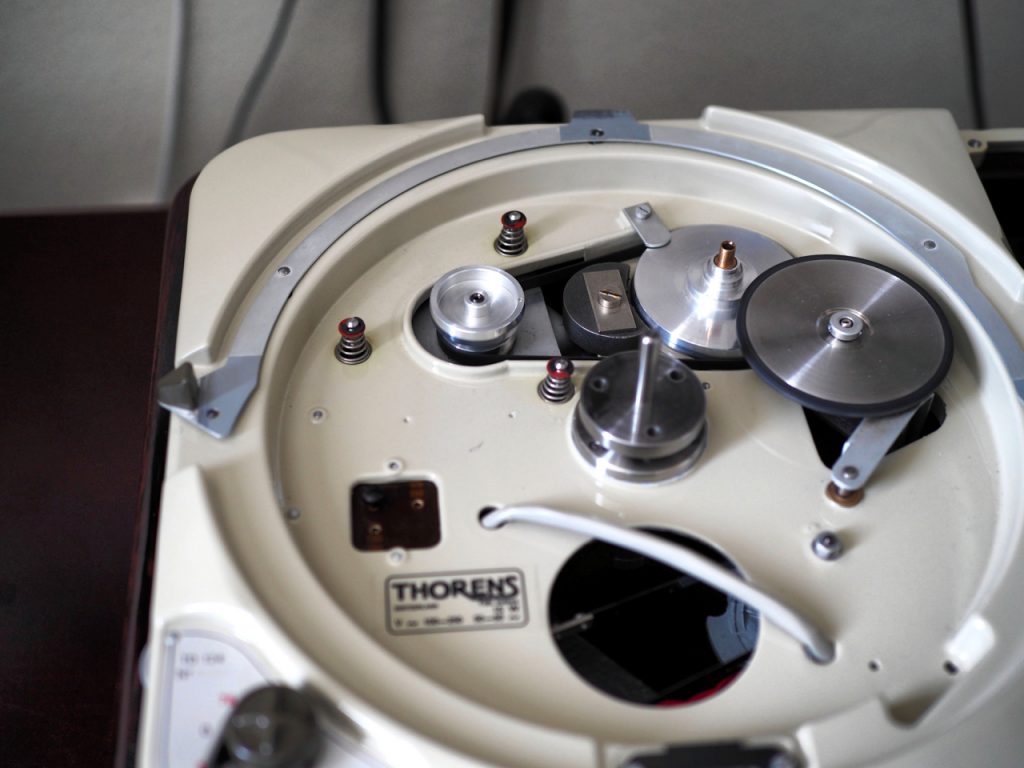
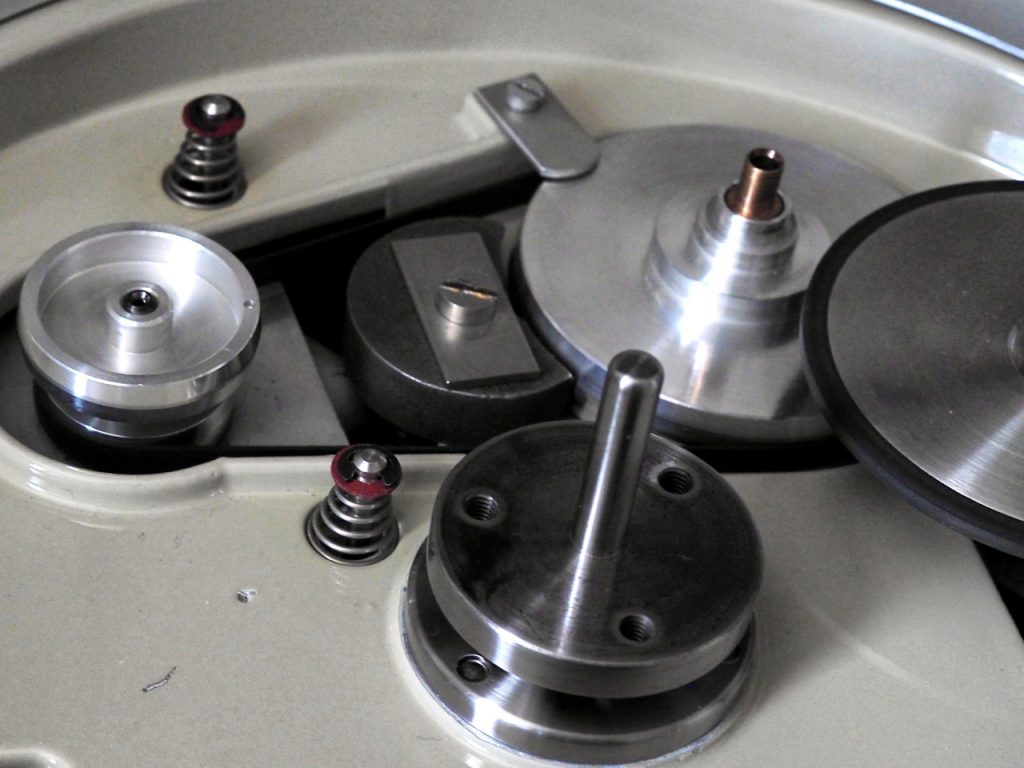
"By setting the output voltage of the power supply a little lower, this control does not have to work as strongly and therefore produces fewer vibrations. However, an output voltage that is too low is at the expense of the torque, which does not benefit the sound."

You can see the analog oscillator in the lower left of the photo.
"All our turntable power supplies work with the same analog oscillator (above photo), variable or fixed to 50 or 60 Hz , this delivers a pure sine wave with a distortion of 0.02%, and the output voltage is adjustable with the so-called torque regulator to optimally adjust it for every turntable motor."
"Most vintage record player motors have a power consumption maximum of 20 VA, so our power supply is designed to be able to deliver this continuously without getting hot."

"The two spectral current analyses show what is happening when the motor is connected to the mains supply (above).
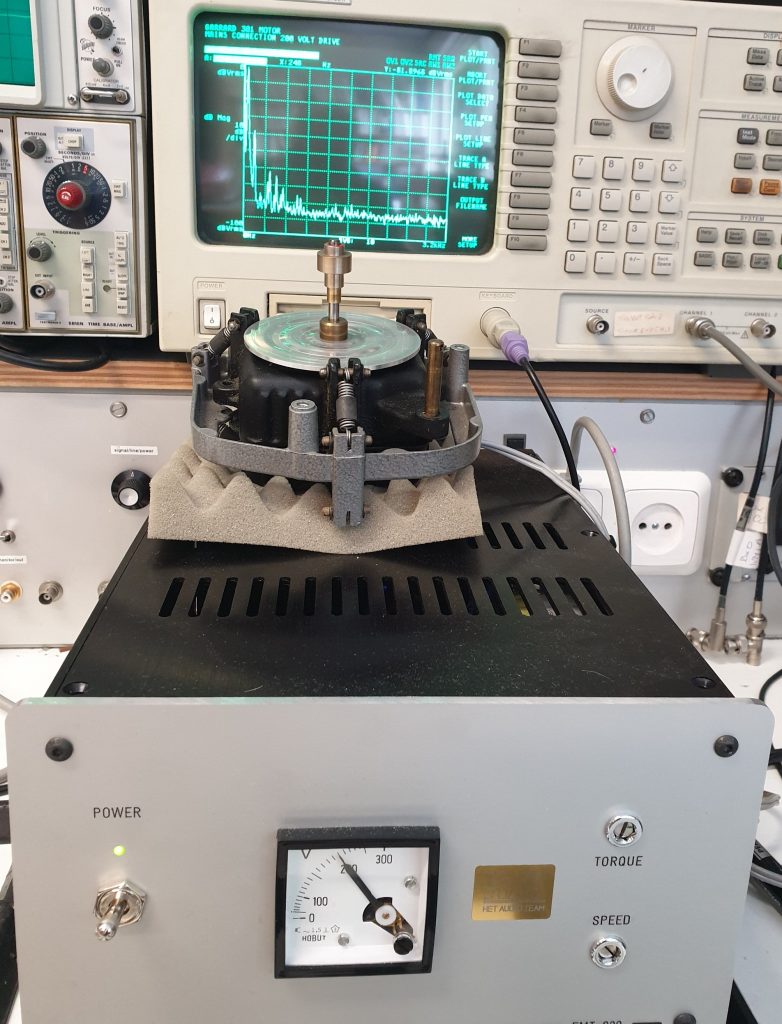
I have lowered it with a Variac to 200 volts, and after that the connection to the HAT power supply as can be seen where the 5th harmonic goes from -37db to -81db!"
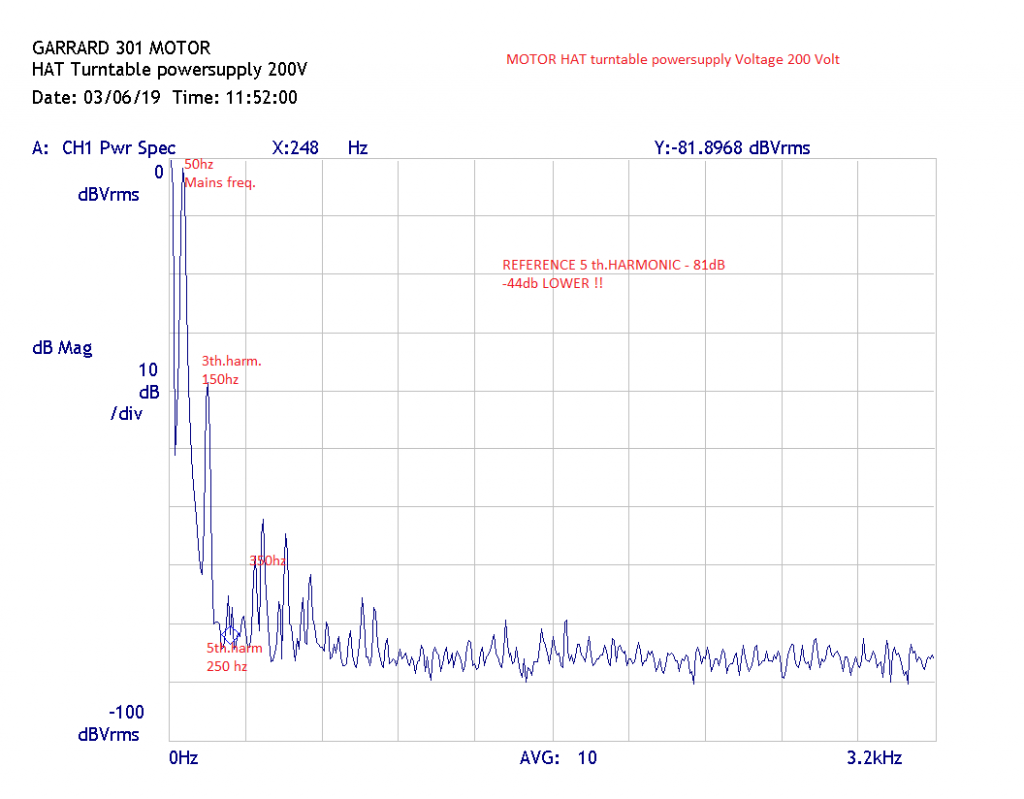
"Also can be seen that only lowering the mains supply to a lower voltage give no better results , harmonics stay also passive filtering is no solution because 90% off the filters do not work at these low frequencies."
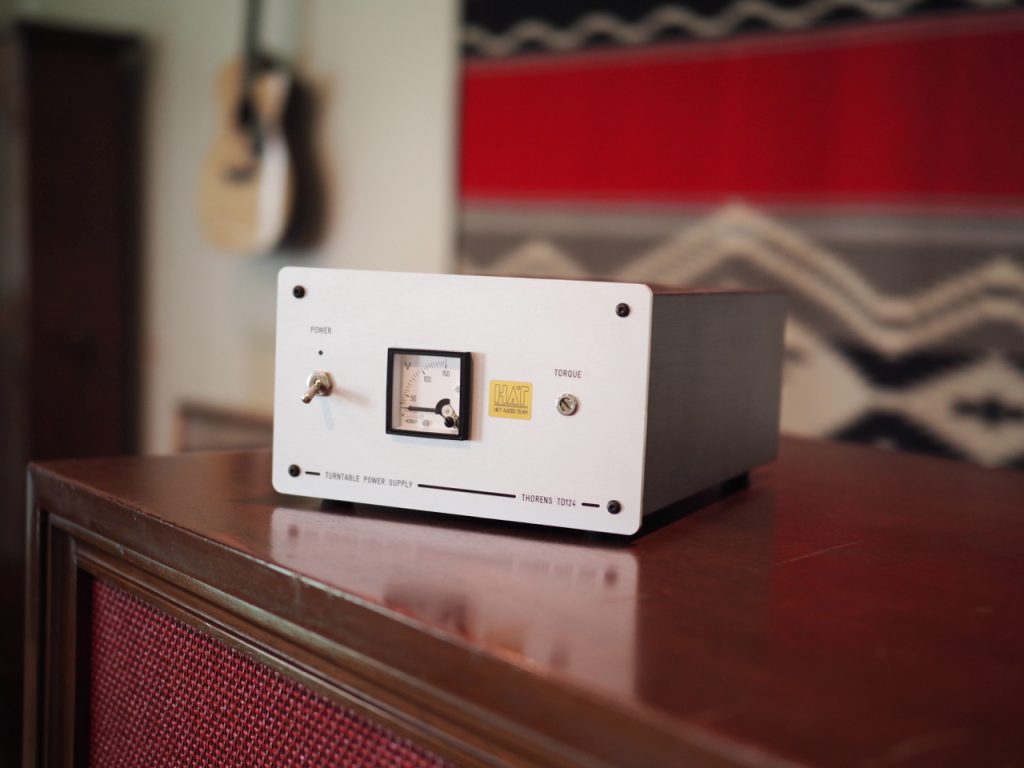
"The power supply is built without compromise with the best components available."
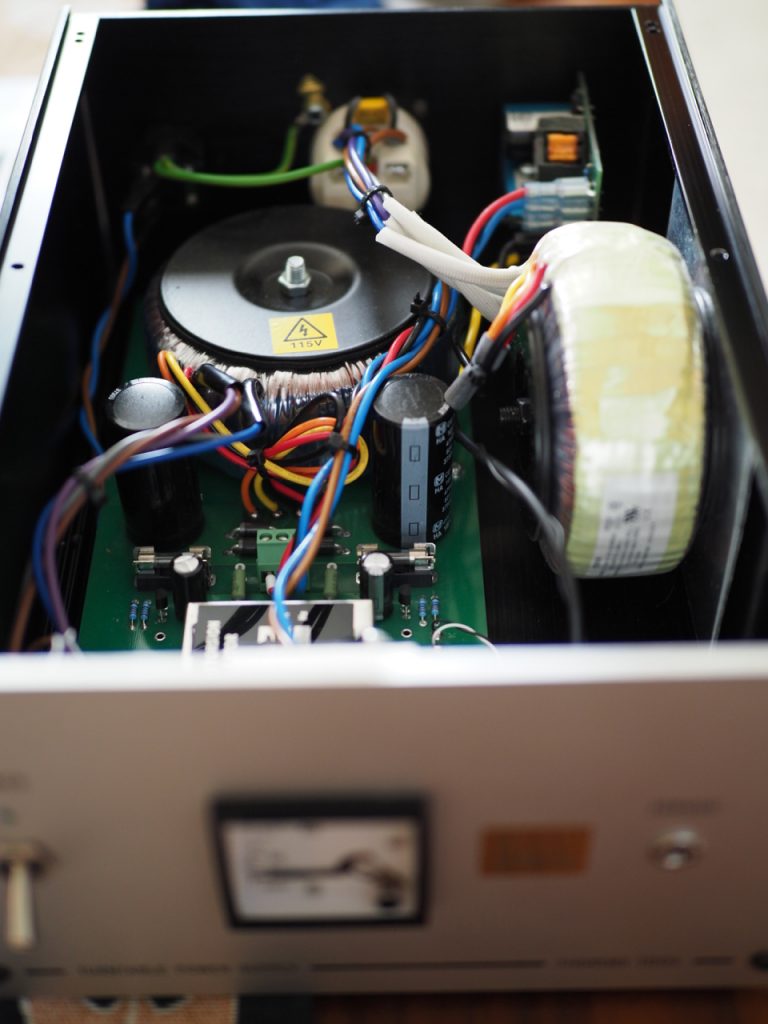
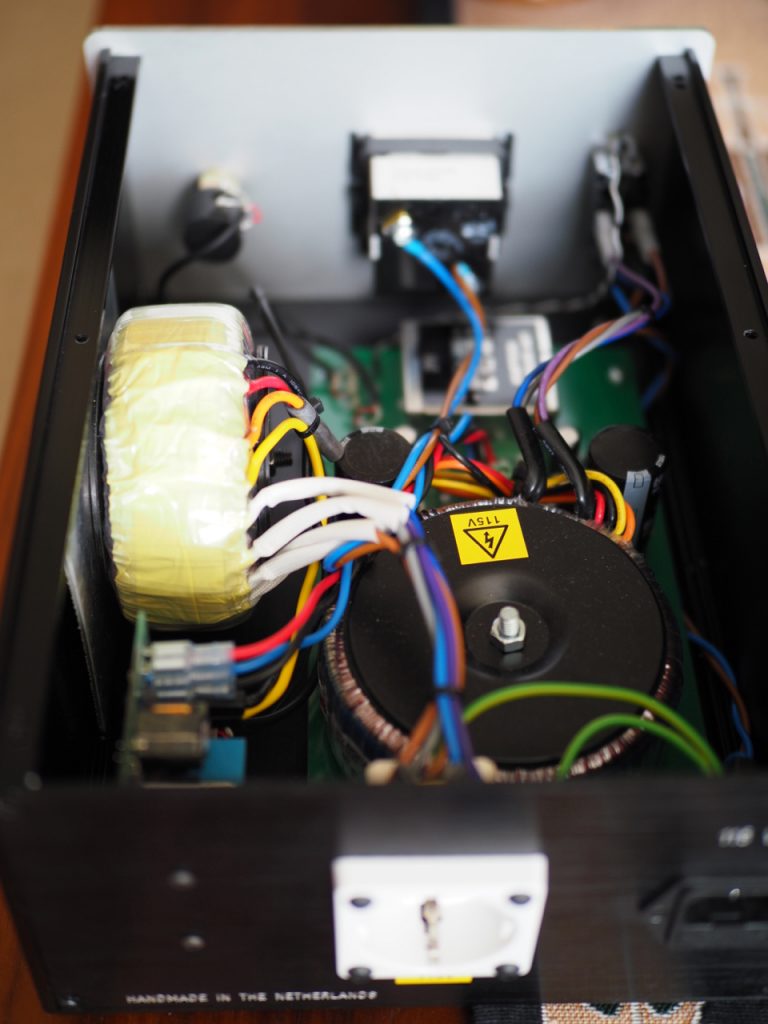
"Shaded pole motors are single-phase motors which must also be controlled with a single-phase power supply. However, there are also record players that use motors that are also used single phase because this is present but can function much better with two phase or three phase motor control."
"Think of record players that use Bodine, Papst, Ashland and EMT motors, and for these we have developed special power supplies that are built to order, and with these power supplies it is possible to make these motors very good with respect to vibration."
You can see the HAT Turntable Power Supply on the Hanze HiFi website HERE. The €1500 price shown on the website includes the 21% VAT, so for export outside the EU you would deduct the 21% VAT. By my calculation that means non-EU customers would pay €1185.

In the coming weeks I'll be learning to use the HAT Turntable Power Supply, and trying it with my Thorens TD124 and CTC Garrard 301 turntables, so expect some first impressions in the not too distant future.
As always, thanks for stopping by, and may the tone be with you!





























